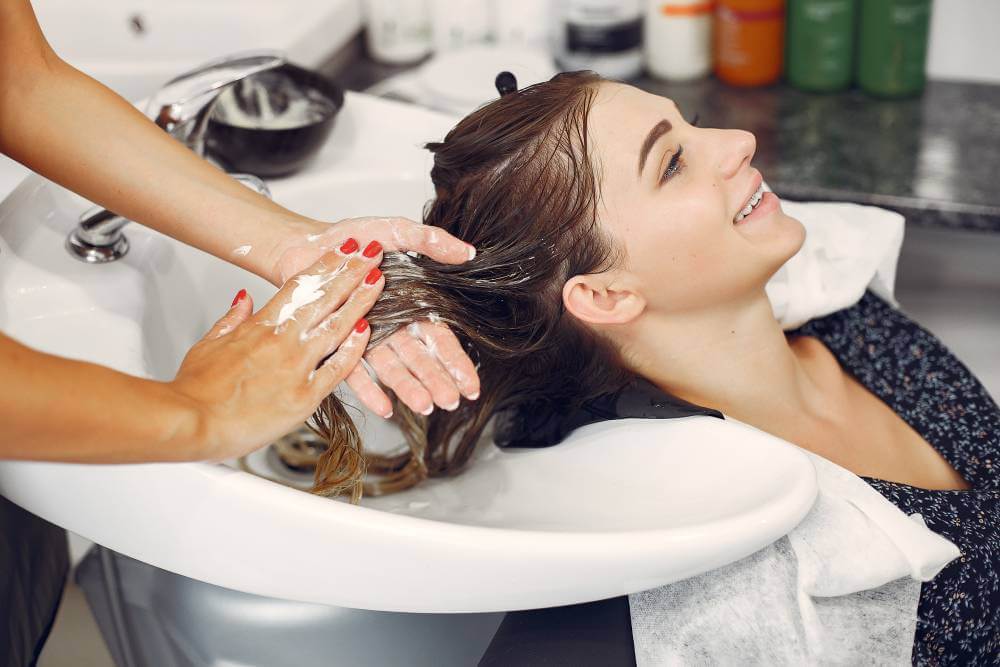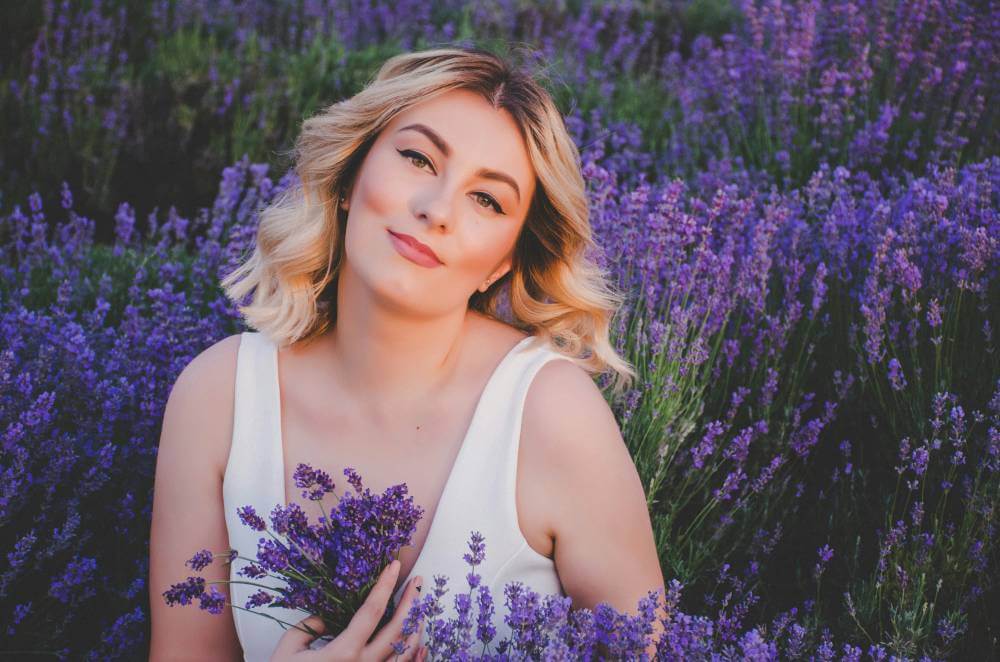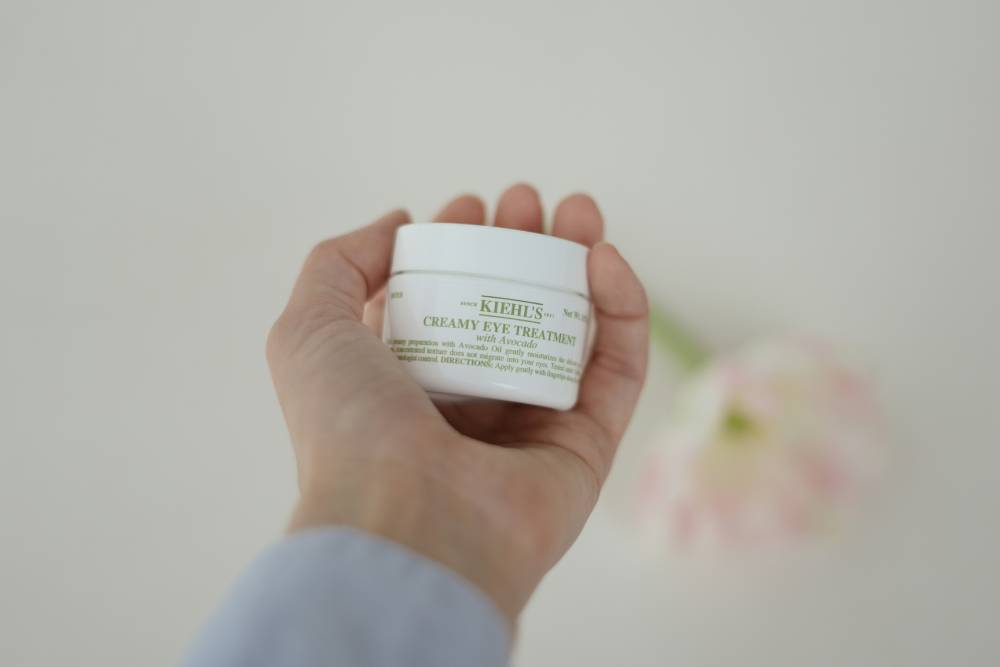In an ideal world, we would all be blessed with hair that boasts a mirror-like, reflective shine. Unfortunately, that’s not always the reality, especially if you’ve bleached, dyed, or over-processed your hair with heat or if you’re dealing with hair breakage. While products like hair masks and oils can help restore shine by strengthening and nourishing your hair, if you’re looking for a quick solution to achieve that diamond-like shine, it’s time to consider hair gloss.
Hair gloss is a treatment designed to enhance the appearance of hair, making it look like it belongs in a shampoo commercial. According to colorist Lucille Javier from New York’s Mark Ryan Salon, “Glosses typically help with shine and even out tones.” One of the best aspects of hair gloss is that it doesn’t process hair as intensely as a dye would, making it a gentler yet effective option.
If you prefer to leave it to professionals, you can book a hair gloss treatment at a salon. However, there are also numerous at-home treatments available that can deliver similar results.
To determine if a hair gloss treatment is right for you, buckle up—we’ve consulted experts to gather everything you need to know about hair glosses. Keep reading for a comprehensive overview of how hair gloss treatments work, how often you should use them, and much more!
What is Hair Gloss?

Hair gloss is a temporary solution designed to enhance the appearance and health of your hair. It works by coating the hair and penetrating the cuticle, which can lead to improvements in both the shade and overall condition of your hair. According to Brad Mondo, founder and creative director of XMONDO, “An at-home hair gloss is typically a semi-permanent hair treatment that adds shine and benefits the overall health and softness of your hair.”
How Hair Gloss Works?
The formulation of hair gloss typically includes a blend of conditioning agents and color pigments. When applied, it coats the hair strands, creating a protective layer that reflects light, resulting in a shiny, polished look. Additionally, the gloss seeps into the hair cuticle, helping to smooth out rough edges and improve the overall texture. This dual action not only enhances shine but also contributes to healthier-looking hair.
Benefits of Hair Gloss
Enhanced Shine: One of the primary benefits of hair gloss is its ability to impart a brilliant shine. This is particularly beneficial for dull or lifeless hair, as the gloss can make it look vibrant and healthy.
Color Enhancement: Hair gloss can help to enhance your natural color or refresh faded dye jobs. It can add depth and richness to your hair, making colors appear more vibrant and well-defined.
Improved Texture: By smoothing the hair cuticle, hair gloss can improve the texture of your hair, making it feel softer and more manageable. This can be especially helpful for those with frizzy or coarse hair.
Temporary Solution: Since hair gloss is a semi-permanent treatment, it allows you to experiment with color and shine without the long-term commitment of traditional hair dye. This makes it an excellent option for those who like to change their look frequently.
Conditioning Benefits: Many hair gloss products contain nourishing ingredients that can help improve the overall health of your hair. This can lead to reduced breakage and split ends, contributing to a more robust and resilient mane.
What Are the Different Types of Hair Gloss?
There are several types of hair gloss available, each offering unique benefits and results. Understanding these different types can help you choose the right gloss for your hair needs. According to colorist Lucille Javier, “Semi-permanent gloss is typically a professional product of pigment mixed with developer. Direct dyes have just pure pigment and stain the hair.” Here’s a closer look at the various types of hair gloss:
1. Semi-Permanent Gloss
Semi-permanent glosses are professional products that combine pigment with a developer. This type of gloss can enhance your hair color while adding shine and improving overall hair health. Semi-permanent glosses typically last longer than other types, making them a great option for those looking to maintain their color and shine between salon visits. They can also help to even out color tones and cover up any unwanted brassiness.
2. Direct Dyes
Direct dyes consist of pure pigment and are designed to stain the hair. Unlike semi-permanent glosses, direct dyes do not require a developer, making them easier to apply at home. These dyes can provide vibrant color results and are often used for bold, fashion-forward looks. However, they may not offer the same conditioning benefits as glosses that contain additional nourishing ingredients.
3. Clear Gloss
A clear gloss is an excellent option for those who want to enhance shine without altering their hair color. This type of gloss can be used on both dyed and virgin hair, providing a boost of shine and improving the overall health of the hair. Clear gloss is perfect for individuals who want to maintain their natural color while still enjoying the benefits of gloss treatment.
4. Colored Gloss
Colored glosses come in various shades and can be used to enhance or change your hair color. These glosses can add depth and richness to your existing color or provide a subtle tint to virgin hair. Depending on the shade you choose, colored glosses can help to refresh faded colors or add a new dimension to your look.
5. Customizable Gloss
Many professional salons offer customizable gloss treatments that can be mixed to achieve your specific hair color. This allows for a tailored approach to glossing, ensuring that you get the exact shade and shine you desire. Consulting with your colorist can help you determine the best gloss formulation for your hair type and color goals.
Can Glosses Help with Handling Brassiness or Discoloration?
Yes, hair glosses can be an effective solution for managing brassiness and discoloration in your hair. A gloss treatment can help “fine-tune” your shade, making it even darker or brighter, depending on your needs. When performed in a salon, the gloss is mixed specifically for each client, tailored to their unique hair color and condition. According to colorist Lucille Javier, “I have clients who enjoy coming in for a gloss more frequently because of the high shine and the subtle difference in the hair.”
Recommendations for Different Hair Colors
While it’s always best to consult with your salon for personalized recommendations, Javier provides some general guidelines for using gloss on dyed hair:
Red/Strawberry Blonde: Red is known to fade quickly, so gloss treatments should be done more frequently based on how saturated the color is. Dark red or auburn hair typically requires less maintenance, while strawberry blondes may need more frequent gloss applications to keep their color vibrant.
Dark/Light Blonde: For those with very light or silver-blonde hair, gloss treatments are often performed more frequently to maintain the desired tone and prevent brassiness. This is especially true for those aiming for a cooler, ashier look.
Darker Hair: Darker tones can often go longer between color treatments. Javier notes that dark hair can get away with coloring less often, but gloss can still be beneficial for enhancing shine and richness.
Choosing the Right Gloss for Your Needs
To determine which gloss is best for you, it’s essential to understand your priorities. As Brad Mondo explains, “Are you trying to cancel the warmth in your hair and make it ashier? Trying to go darker? If so, then you’re going to want to go for a colored gloss that has the desired result you’re looking for.”On the other hand, if your primary goal is to add shine and improve the overall health of your hair without altering its color, a clear gloss is an excellent choice. Clear glosses can enhance shine and smoothness without affecting the underlying color, making them perfect for those who want to maintain their natural hue while enjoying the benefits of gloss treatment.
What Hair Types Can Use Hair Gloss?
Hair gloss is a versatile treatment that can benefit a wide range of hair types. Whether your hair is straight, wavy, or curly, anyone can reap the rewards of using a hair gloss. If you want lustrous, shiny locks, this treatment can be a significant asset to achieving that look.
Benefits for Different Hair Types
Straight Hair: For those with straight hair, hair gloss can enhance shine and smoothness, making the hair appear sleek and polished. It can also help to reduce any dullness and provide a reflective quality that makes straight strands look vibrant.
Wavy Hair: Wavy hair can benefit from hair gloss by enhancing the definition of waves and adding moisture. The gloss treatment can help to tame frizz and promote a healthy, bouncy appearance, making waves look more defined and lively.
Curly Hair: Curly hair often craves hydration and shine, and hair gloss can deliver both. The treatment can help to smooth the cuticle, reducing frizz and enhancing curl definition. Additionally, it can provide a protective layer that helps maintain moisture, resulting in healthier-looking curls.
Chemically Treated Hair: If your hair has been dyed, bleached, or chemically treated, hair gloss can be particularly beneficial. It can help to refresh color, reduce brassiness, and improve overall hair health by providing essential nutrients and hydration.
Virgin Hair: Even those with virgin hair (hair that hasn’t been dyed or chemically treated) can enjoy the benefits of hair gloss. A clear gloss can enhance natural shine and improve the overall texture of the hair without altering its color.
How Often Should You Use Hair Gloss?
The frequency of hair gloss treatments can vary based on personal preference and individual hair needs. However, colorist Lucille Javier suggests that a good rule of thumb is to use hair gloss every four to six weeks. This timeframe allows you to maintain the gloss’s benefits while ensuring your hair remains healthy and vibrant.
Factors Influencing Your Gloss Schedule
Hair Color: If you regularly color your hair, incorporating gloss treatments more frequently can help extend the longevity of your color. Glossing can refresh and enhance your color, preventing it from fading and keeping it looking fresh and vibrant. Personally, I’ve found that using a gloss shortly after coloring my hair helps to lock in the color and adds a beautiful shine that makes my hair look salon-fresh.
Hair Condition: If your hair is particularly dry or damaged, you might benefit from more frequent gloss treatments. The conditioning properties of hair gloss can help improve the overall health and appearance of your hair, making it look shinier and more manageable. I’ve noticed that during the winter months, when my hair tends to get drier, I like to use a gloss every three weeks to keep it hydrated and looking its best.
Desired Results: Your goals for using hair gloss can also influence how often you apply it. If you’re looking to maintain a specific shade or enhance shine, you may choose to gloss more often. Conversely, if you’re using gloss primarily for shine without color alteration, you might opt for less frequent applications. For me, I enjoy the boost of shine that a gloss provides, so I often schedule my treatments around special occasions or events where I want my hair to look particularly radiant.
Seasonal Changes: Environmental factors, such as humidity and sun exposure, can affect your hair’s condition. During summer months or after exposure to harsh weather, you may want to increase the frequency of your gloss treatments to combat dryness and maintain shine. I’ve found that after a beach vacation, my hair can feel a bit fried, so I make it a point to do a gloss treatment as soon as I return home to restore its luster.
How Long Does a Hair Gloss Last?
The longevity of a hair gloss treatment can vary based on several factors, including the type of gloss used and how well you care for your hair afterward. According to colorist Lucille Javier, “The treatments last about a month.” However, there are some tips and tricks to help extend the life of your gloss.
Factors Influencing Duration
Type of Gloss: Generally, salon glosses tend to last a bit longer than at-home glosses. As Brad Mondo explains, “When it comes to doing a clear gloss at home, typically they’re semi-permanent, while in the salon, they’re typically demi-permanent and mixed with a developer.” Demi-permanent glosses or glazes can last longer because they penetrate slightly into the hair, whereas at-home glosses typically lay on top of the hair.
Hair Care Routine: How you care for your hair post-treatment can significantly impact the longevity of your gloss. Using a color-safe conditioner and washing your hair with cooler temperature water can help keep the color vibrant for a longer period. I’ve found that switching to sulfate-free shampoos also helps maintain the gloss and prevents premature fading.
Hair Type and Condition: The texture and condition of your hair can also play a role in how long the gloss lasts. For example, porous hair may absorb the gloss more quickly, leading to faster fading. If you have fine or damaged hair, you might notice that the gloss doesn’t last as long as it would on healthier, thicker hair.
Environmental Factors: Exposure to sun, chlorine, and saltwater can also affect the longevity of your hair gloss. If you’re spending a lot of time outdoors or swimming, consider using protective products or wearing a hat to shield your hair from the elements.
Can You Gloss Your Hair at Home?

Yes, you can definitely achieve a great glossing treatment at home! According to Brad Mondo, “This is a fairly simple process, especially when using a clear gloss.” The steps are straightforward: all it takes is a quick wash of your hair, followed by applying the gloss, and then rinsing it out after about 20 minutes or as directed. It’s foolproof and as easy as using a traditional hair conditioner. For at-home glossing, Mondo recommends products like the XMONDO Super Gloss, which contains incredibly beneficial ingredients to enhance your hair’s health and shine.
Using Colored Gloss at Home
The same principle applies to colored glosses, although there are some differences to keep in mind. While you can certainly use colored gloss at home, you may not achieve the same level of customization as you would in a salon. Mondo explains, “When it comes to doing a colored gloss, the main difference is that at a salon, you will get a mixed formula custom to you and applied by an expert.” This means that while at-home glosses can still provide a beautiful shine and enhance your hair’s color, they may result in a more generic shade than the tailored formulas created by professionals.
Benefits of At-Home Glossing
Convenience: Glossing your hair at home allows you to fit the treatment into your schedule without needing to book a salon appointment. This can be especially beneficial for those with busy lifestyles.
Cost-Effective: At-home gloss treatments are often more affordable than salon services, making it a budget-friendly option for maintaining your hair’s shine and health.
Simplicity: The process is straightforward and user-friendly, making it accessible for anyone, regardless of their hair care experience.
Immediate Results: You can enjoy the benefits of gloss treatment right away, with noticeable improvements in shine and texture after just one application.





